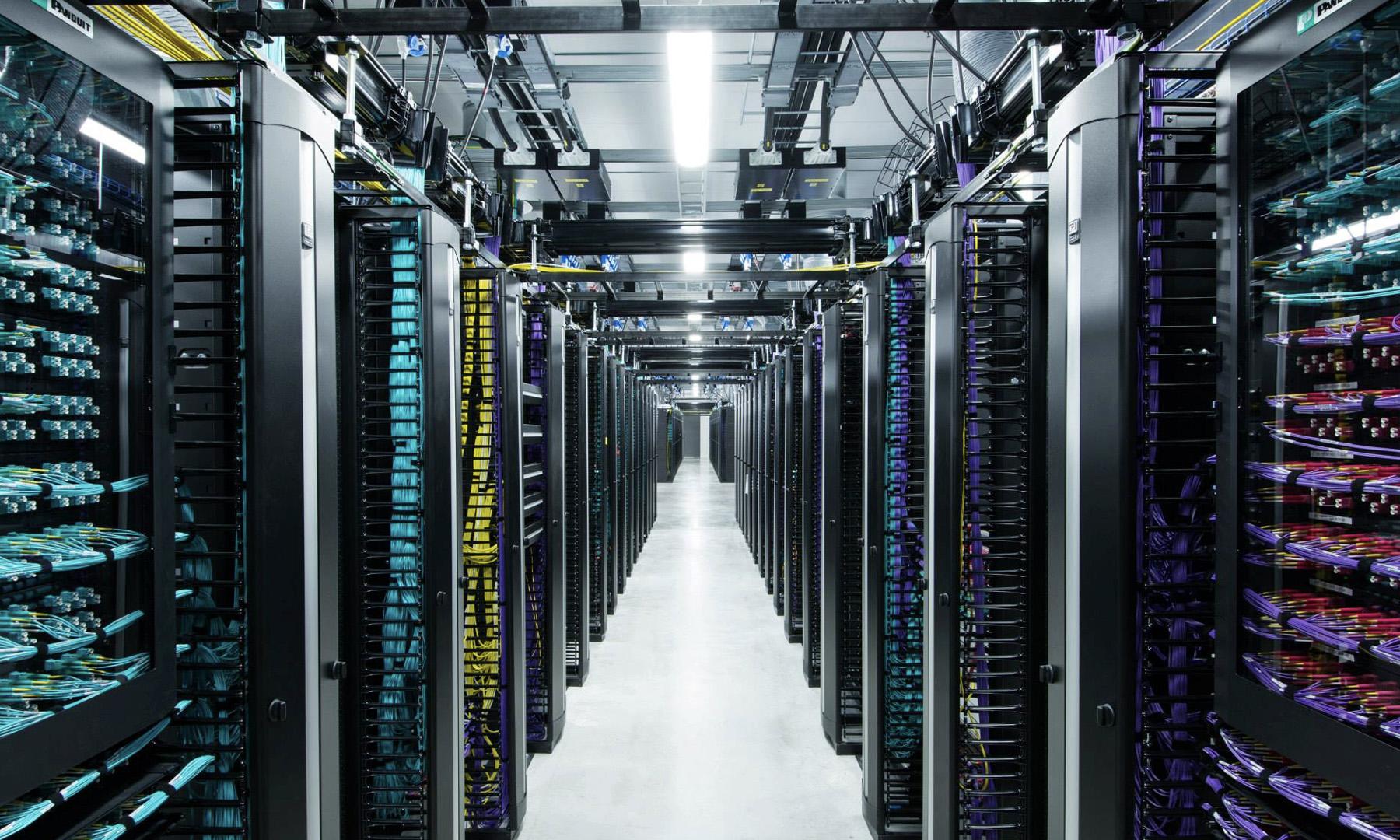In the digital age, streaming services have become integral to our daily entertainment consumption, offering vast libraries of content at our fingertips. However, the environmental impact of these platforms is often overlooked. As data centers power endless streams of video content, they contribute significantly to carbon emissions and energy consumption. This article delves into a surprising comparison of the eco-friendliness of popular streaming services. By analyzing their energy usage, sustainability initiatives, and carbon footprints, we aim to provide a clearer picture of which platforms are leading the charge in environmental responsibility. Join us as we explore the intersection of entertainment and sustainability, shedding light on how our viewing habits can align with eco-conscious choices.
Assessing Carbon Footprints in Streaming Platforms
With the growing demand for online entertainment, understanding the environmental impact of streaming platforms has become crucial. These services rely heavily on data centers, which consume significant amounts of energy. Assessing their carbon footprints involves examining factors like energy efficiency, use of renewable resources, and carbon offset initiatives. Here’s how some popular platforms stack up:
- Netflix: Known for its commitment to sustainability, Netflix has pledged to achieve net-zero emissions by 2022. The platform utilizes renewable energy for its global operations, reducing its carbon footprint significantly.
- Amazon Prime Video: While Amazon’s broader sustainability efforts are noteworthy, Prime Video’s specific initiatives are less transparent. However, Amazon Web Services, which hosts the platform, is powered by over 50% renewable energy.
- Disney+: Disney+ is part of the Walt Disney Company’s wider environmental goals, aiming for zero net greenhouse gas emissions by 2030. Their strategy includes energy-efficient data centers and carbon offset projects.
Understanding these efforts allows consumers to make informed choices about their entertainment sources, balancing convenience with environmental responsibility.

Innovative Approaches to Energy Efficiency
As the demand for streaming services skyrockets, the environmental impact of these digital platforms is coming under scrutiny. Innovative approaches are being employed to enhance energy efficiency, but not all services are created equal. Some have taken significant strides in reducing their carbon footprint, while others lag behind. Here’s a look at how some major streaming services are addressing their energy use:
- Netflix: By leveraging cloud computing and energy-efficient data centers, Netflix has made a commitment to achieving net-zero emissions by 2022. Their use of renewable energy sources plays a key role in this transition.
- Amazon Prime Video: Amazon has invested heavily in renewable energy projects, aiming for 100% renewable energy by 2025. Their infrastructure supports a broader corporate sustainability goal that includes their video streaming services.
- Apple TV+: Apple’s data centers are powered by 100% renewable energy, and they have implemented advanced algorithms to optimize streaming efficiency, reducing energy consumption significantly.
- Disney+: While Disney has made some progress in energy efficiency, their efforts are still evolving. Current strategies include a mix of on-site renewable energy and energy optimization techniques.
By comparing these services, it becomes evident that the commitment to sustainability varies widely. As consumers become more environmentally conscious, the pressure on streaming platforms to adopt greener practices is likely to intensify.

The Role of Data Centers in Environmental Impact
As we explore the eco-friendliness of streaming services, it’s crucial to consider the substantial role played by data centers. These facilities are the backbone of digital media, responsible for storing and processing vast amounts of data required for streaming. However, their environmental impact is significant, primarily due to their energy consumption and heat generation.
- Energy Usage: Data centers require a continuous power supply to keep servers running and cool, leading to high energy demands.
- Cooling Systems: To prevent overheating, data centers use extensive cooling systems, which further increase their energy footprint.
- Carbon Emissions: The source of energy—whether renewable or fossil-based—plays a critical role in determining the carbon footprint of these centers.
Leading streaming platforms are increasingly investing in green technologies and renewable energy sources to mitigate these impacts. As consumers, understanding the environmental strategies of our preferred services can guide more sustainable choices.

Recommendations for Eco-Conscious Streaming Choices
When considering eco-friendly streaming options, it’s crucial to evaluate both the carbon footprint of the service and their commitment to sustainability. Netflix, for instance, has pledged to reach net-zero emissions by 2022, focusing on reducing energy consumption and improving energy efficiency. Apple TV+ stands out with its commitment to using 100% renewable energy for its data centers, aligning with Apple’s broader environmental goals.
- Amazon Prime Video: While part of Amazon’s extensive cloud infrastructure, they have made strides in renewable energy, aiming for 100% renewable energy usage by 2025.
- Hulu: Owned by Disney, Hulu benefits from Disney’s environmental initiatives, which include substantial reductions in greenhouse gas emissions.
- Disney+: Actively working towards reducing its environmental impact, with initiatives aimed at sustainable production and distribution practices.
Ultimately, choosing a service that aligns with your values involves looking beyond just content to consider their environmental commitments. Assessing their energy sources, carbon offset initiatives, and sustainability reports can guide you to make more eco-conscious streaming choices.



